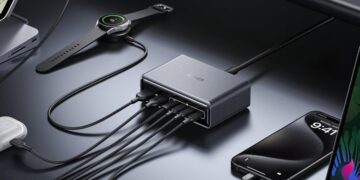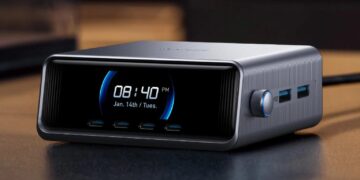Sigma fp: Pocket Rocket or Full-Frame Folly? A Deep Dive
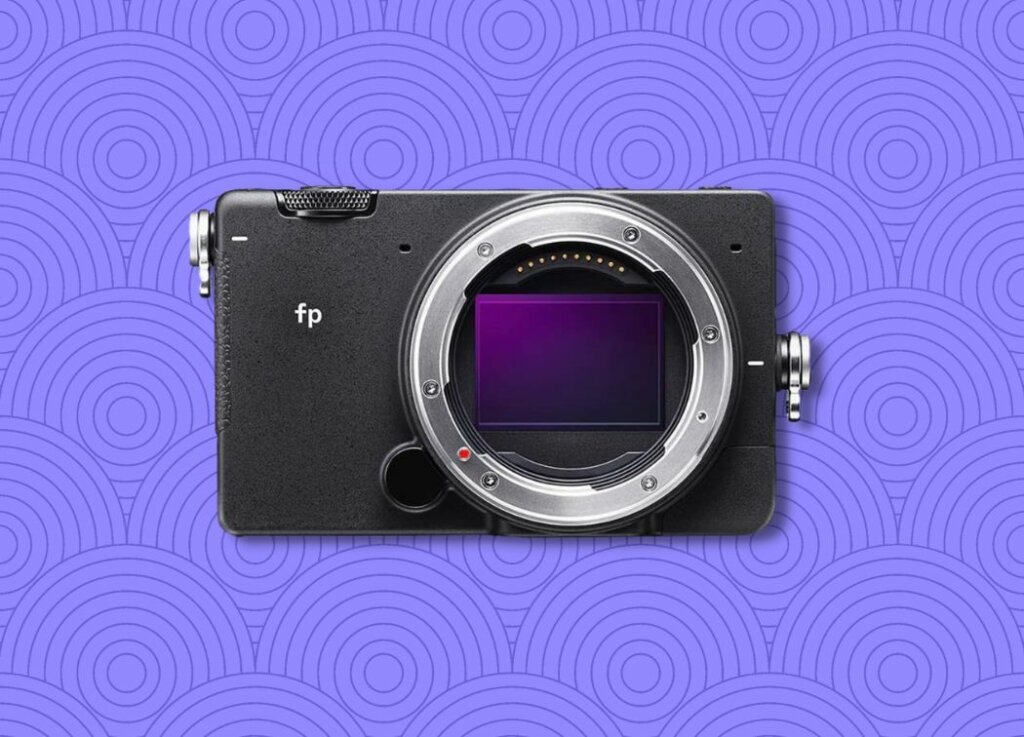
The Sigma fp. Just uttering its name conjures images of minimalist design, groundbreaking compact size, and a whole lot of potential. Marketed as the world’s smallest and lightest full-frame mirrorless camera, the fp promised a new era of versatility. But does its ambition translate into real-world performance, or is it a case of over-promising and under-delivering? Let’s dissect this intriguing camera.
Performance-wise, the fp is a mixed bag. Its 24.6MP Bayer sensor delivers excellent image quality, producing sharp, detailed images with pleasing dynamic range, especially when paired with Sigma’s exceptional lenses. Color rendition is generally accurate, albeit with a slightly cooler tone that some may find preferable. However, its autofocus system, while functional, lacks the speed and sophistication of competitors like Sony or Canon. Continuous autofocus performance, especially in video, can be frustrating. Low-light performance is respectable up to ISO 6400, but beyond that, noise becomes increasingly prevalent.
The fp’s design is undoubtedly its defining feature. Its incredibly compact, almost block-like form factor is truly remarkable. This makes it incredibly portable and discreet, ideal for street photography or travel. However, the lack of a built-in viewfinder can be a significant drawback for some users, necessitating the use of an external EVF, which adds to the size and cost. The button layout is minimalist, relying heavily on the rear LCD for menu navigation. While this contributes to the sleek design, it can be cumbersome for those accustomed to more tactile controls.
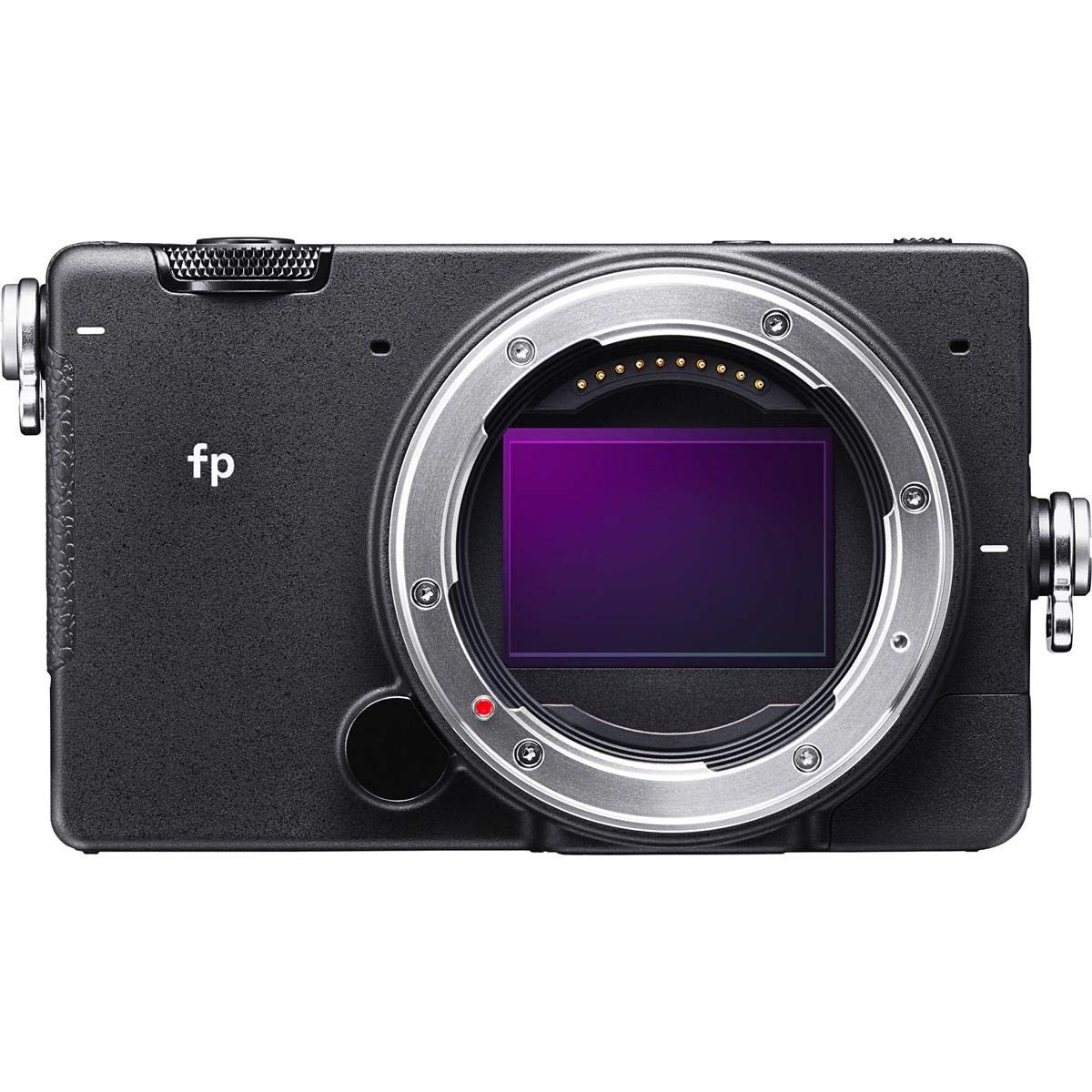
Build quality is generally solid. The all-aluminum body feels robust and well-constructed. However, the camera lacks any form of weather sealing, which is a significant omission for a camera marketed as being adaptable to various environments. The battery life is notoriously short, requiring multiple batteries for extended shooting sessions. You will need to invest in extra power solutions.
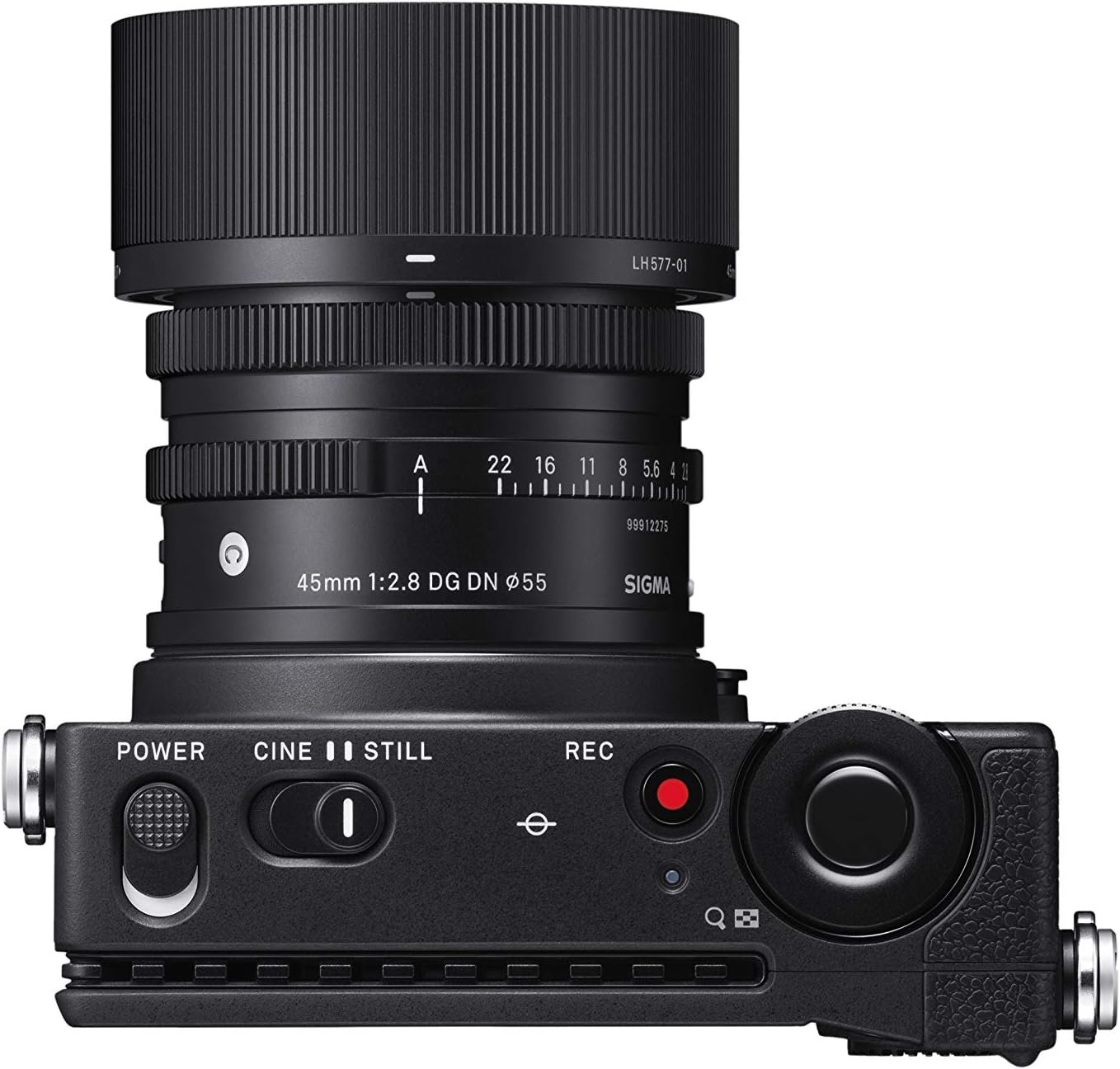
Feature-wise, the fp punches above its weight. Its CinemaDNG raw video recording capabilities are impressive, offering a level of control typically found in higher-end cinema cameras. It also supports various picture profiles and customizable color modes, allowing for creative experimentation. The ability to use L-Mount lenses provides access to a wide range of high-quality optics from Sigma, Leica, and Panasonic.
The value proposition of the Sigma fp is complex. Its unique form factor and impressive video capabilities are undoubtedly appealing. However, its shortcomings in autofocus performance, battery life, and weather sealing may deter some users. When considering the cost of additional accessories like an EVF, grip, and batteries, the overall price can quickly escalate.
Final Verdict: The Sigma fp is a niche camera that caters to a specific type of user. It’s ideal for photographers and filmmakers who prioritize compact size, minimalist design, and CinemaDNG raw video recording over autofocus speed and all-weather robustness. If you’re willing to work within its limitations and invest in the necessary accessories, the fp can be a powerful and versatile tool. However, those seeking a more well-rounded, user-friendly experience may want to explore other options.
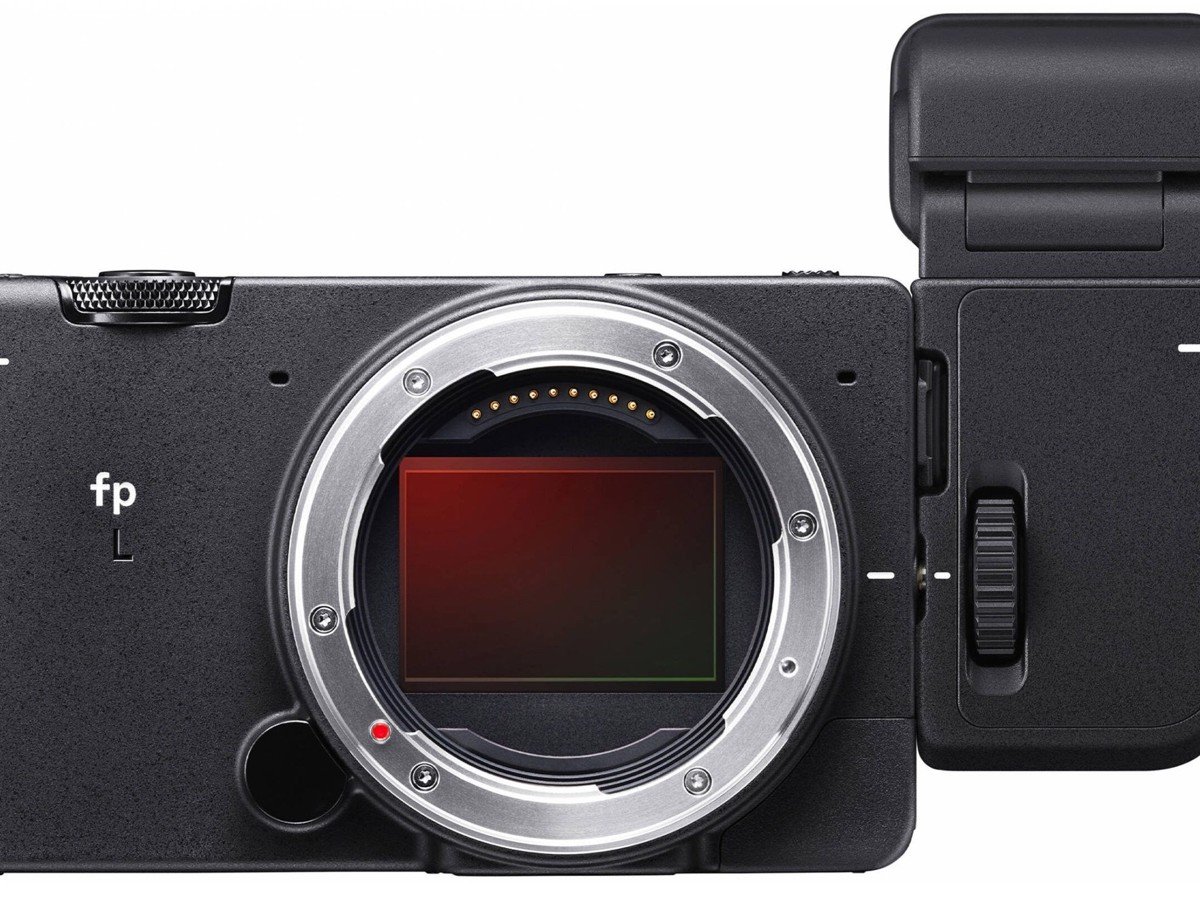
Where to Buy:
Sigma fp Mirrorless Full-Frame Digital Quick Summary
Key Scores:
- Value: 91%
- Design: 92%
- Performance: 90%
- Quality: 90%
- Popularity: 90%
Top Pros
- ✅ The incredibly compact and lightweight design enhances portability significantly.
- ✅ CinemaDNG raw video recording unlocks professional-level video capabilities.
- ✅ High-quality 24.6MP full-frame sensor delivers excellent image quality.
- …
Key Cons
- ❌ Autofocus system lacks speed and sophistication compared to competitors.
- ❌ Battery life is very short and requires carrying multiple spares.
- ❌ Lack of weather sealing limits its usability in challenging conditions.
- …


